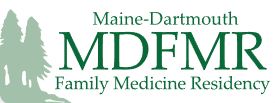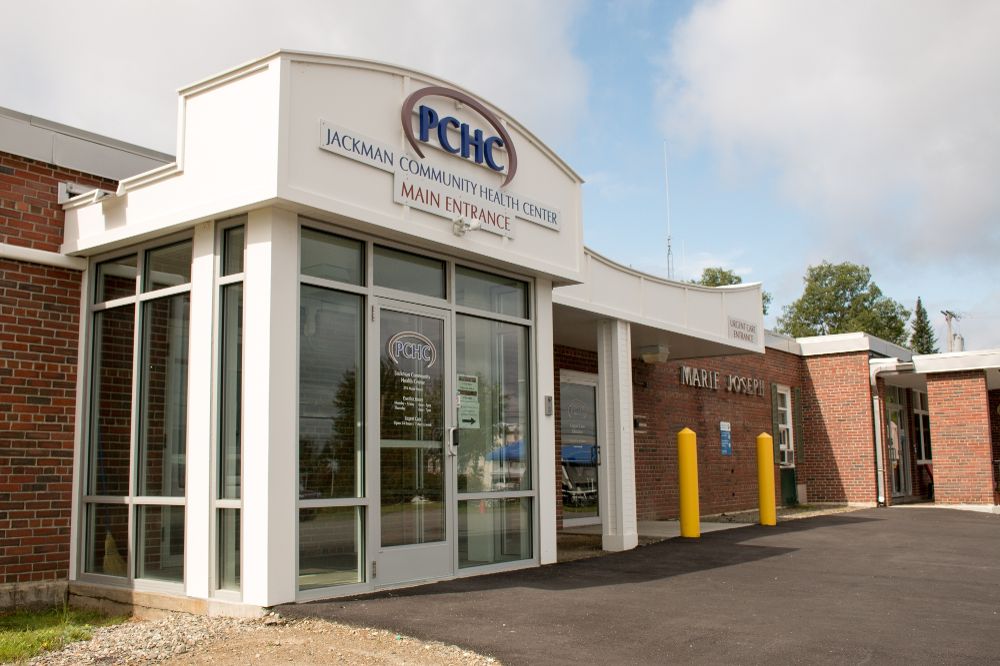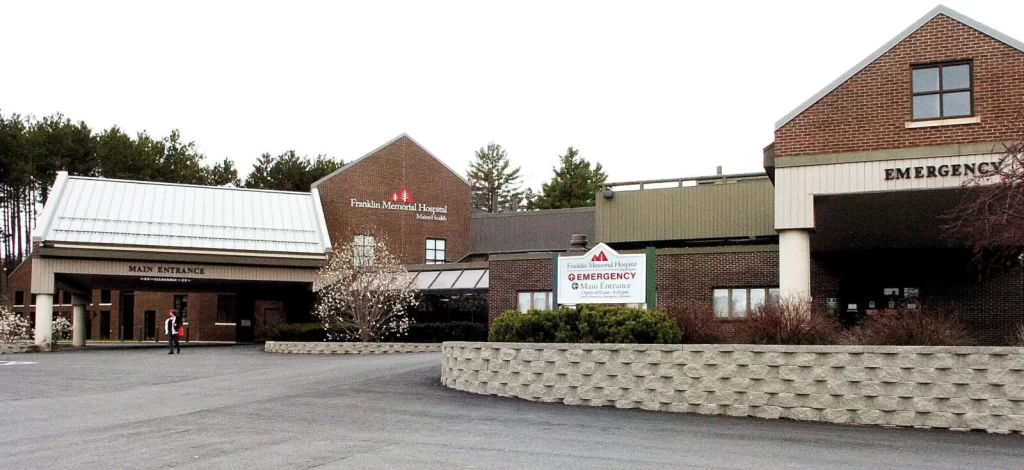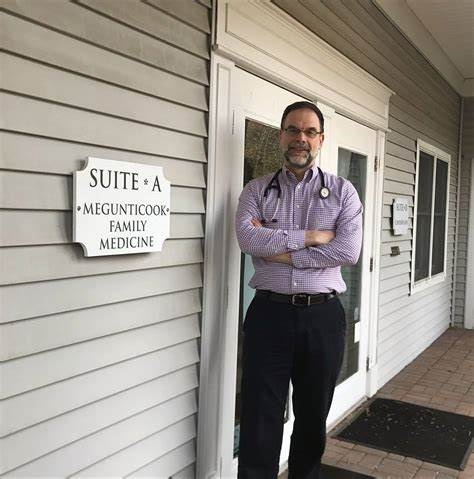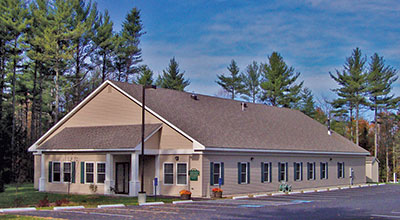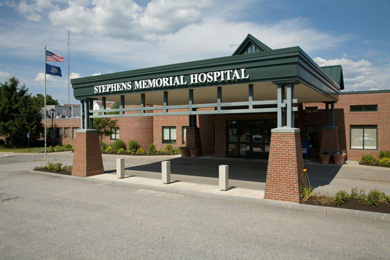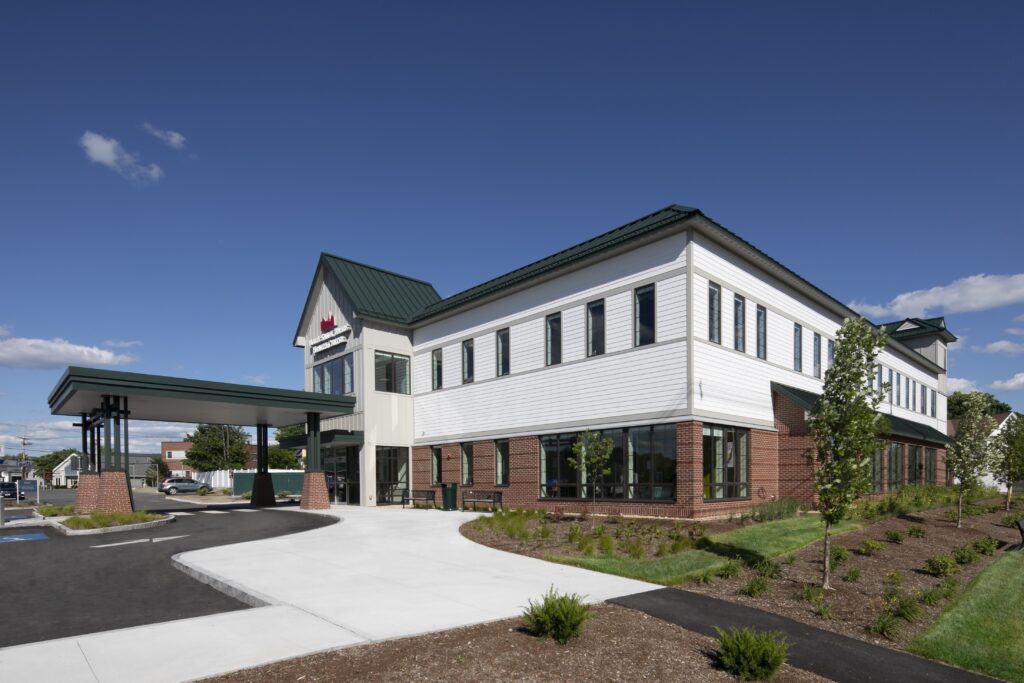Learning and Development for Rural Practitioners
Resources to prepare your site for a GME elective rotation
Preparing your site for GME Residents?
Teaching the next generation of rural physicians can be very satisfying and invigorating for rural faculty. The MERGE Collaborative is here to help you prepare your practice as an elective site for GME residents from across the state.

Photo: Dr. Stephen Goss of Franklin Memorial Hospital Internal Medicine with MERGE participant, Dr. Rachel Heuer of Maine Medical Center.
FAQs
The faculty needs for precepting GME learners will vary from site to site. The MERGE team has developed a multi-pronged approach to providing needed faculty development, including: Access to a state-wide GME learning platform, monthly grand rounds, and an individualized faculty development session delivered at your site or remotely.
The MERGE team will help create an evaluation form that is specific to your unique rotation. Distribution and collection of evaluations will be managed by the resident’s “home” program
Yes, as long as you and your group have considered physical space constraints and teaching capacity (I.e. number of learners/faculty)
When a site is ready to establish a rotation, we ask that they complete this form. Please feel free to review this example. If you are interested in completing the document, please reach out to us and will give you the fillable version.
Our MERGE leadership team is here to help you establish your site for GME residents. As you begin thinking about requirements, consider this checklist of requirements. If you have any questions, please feel free to contact us directly at the link above.
Yes- the supervising faculty of record needs to be a physician that is responsible for the rotation and the resident’s final evaluation. Residents may also work with anyone who may add to their education such as PAs, NPs, pharmacists, office managers, etc. If the resident is PGY2 or above, it is possible for a patient to be supervised remotely by telephone. But in most cases, a supervising provider must lay eyes on a patient seen by a resident and confirm the key parts of the resident’s documentation for billing purposes.
The time commitment will vary with each organization. Resident physicians, particularly those who have completed a year of training, can be quite productive and work with only a modicum of direct supervision. Ideally, there is little to no additional time if your organization has two rooms so that the faculty can see multiple patients (2-3) while the resident physician is seeing one patient. Supervision can happen in between patients and at the end of the session. Time is saved when residents write their own notes, put in orders, referrals, etc., giving the faculty time to teach. The designated physician supervisor will have an evaluation to complete at the end of the rotation, but we hope to make this as easy as possible to complete.
The learning platform is currently in development. We look forward to it becoming a learning resource for both faculty and learners. Faculty development will be offered to all of those involved in teaching. Our MERGE team is happy to send a GME leader from our collaborative partners to lead a session in basic GME principles. This session could be delivered in person or virtually and is eligible for CME credits. That said, there is no specific requirement for preceptors to complete any training prior to having a resident on rotation.
For any questions or more information, please contact us here and we will connect you with the appropriate member of our MERGE leadership team.


